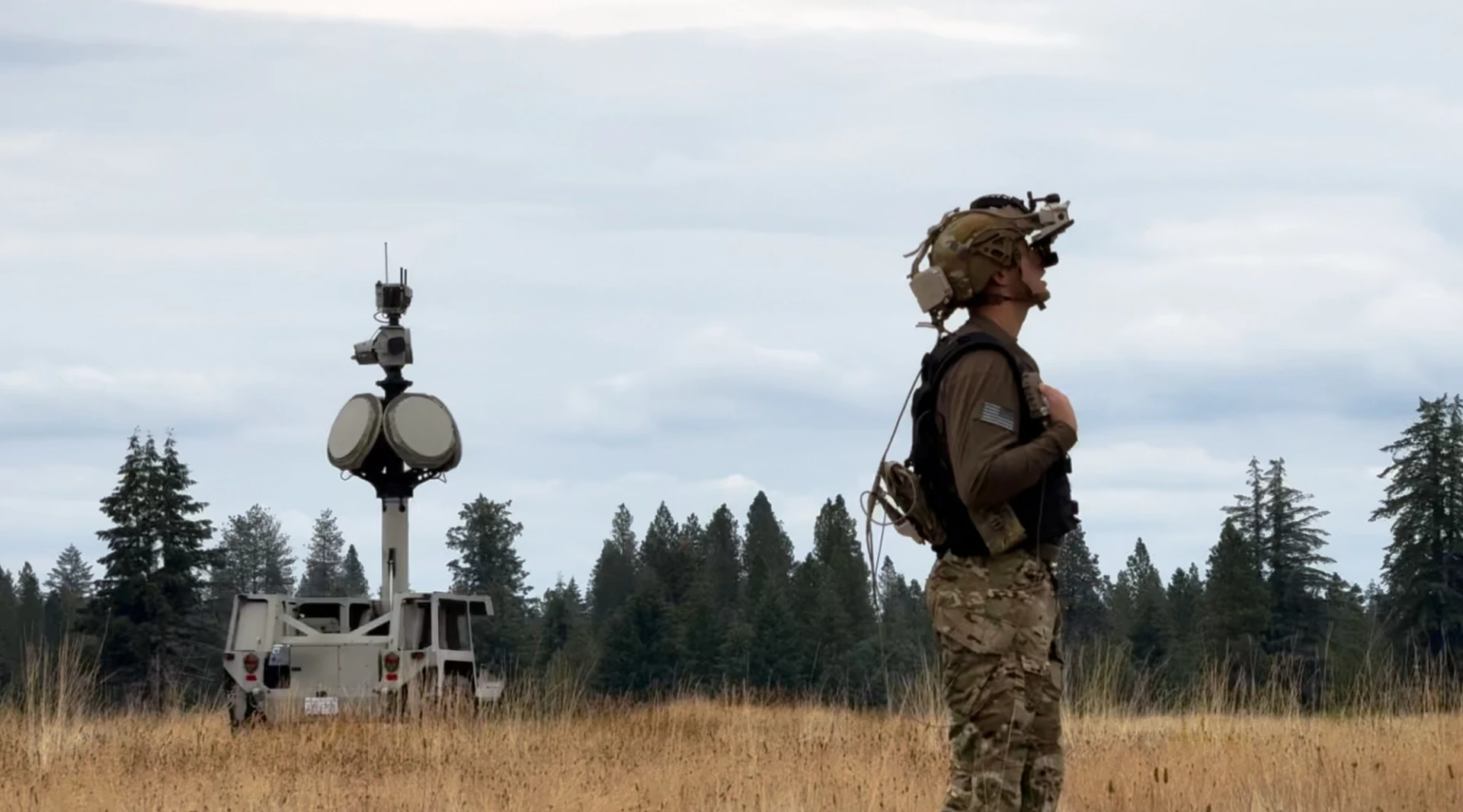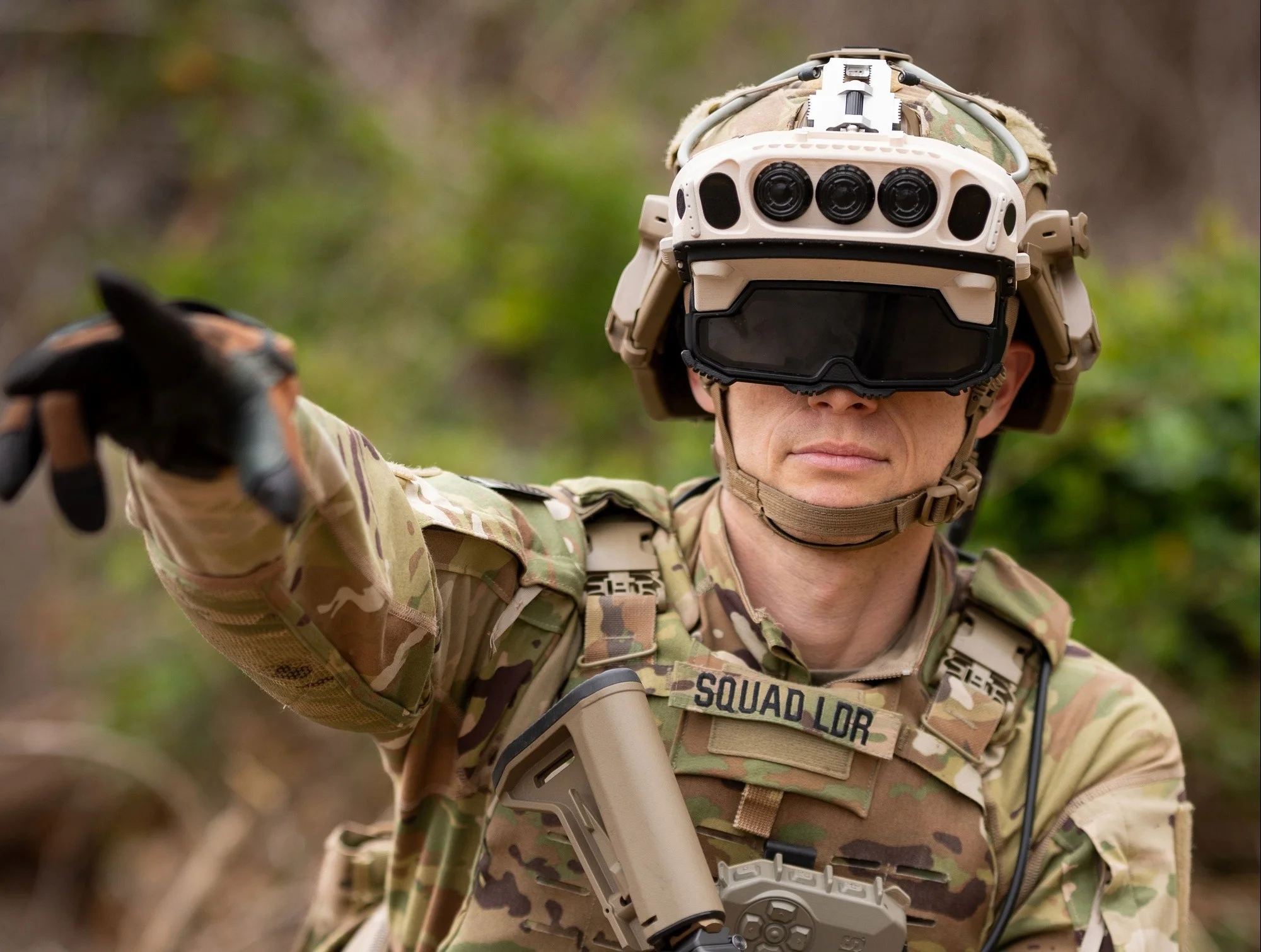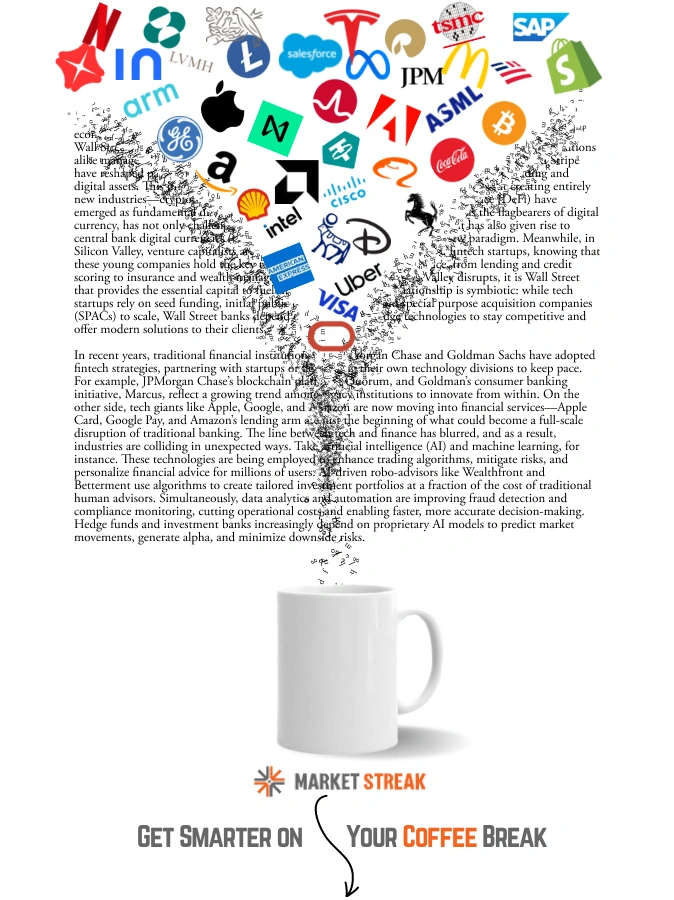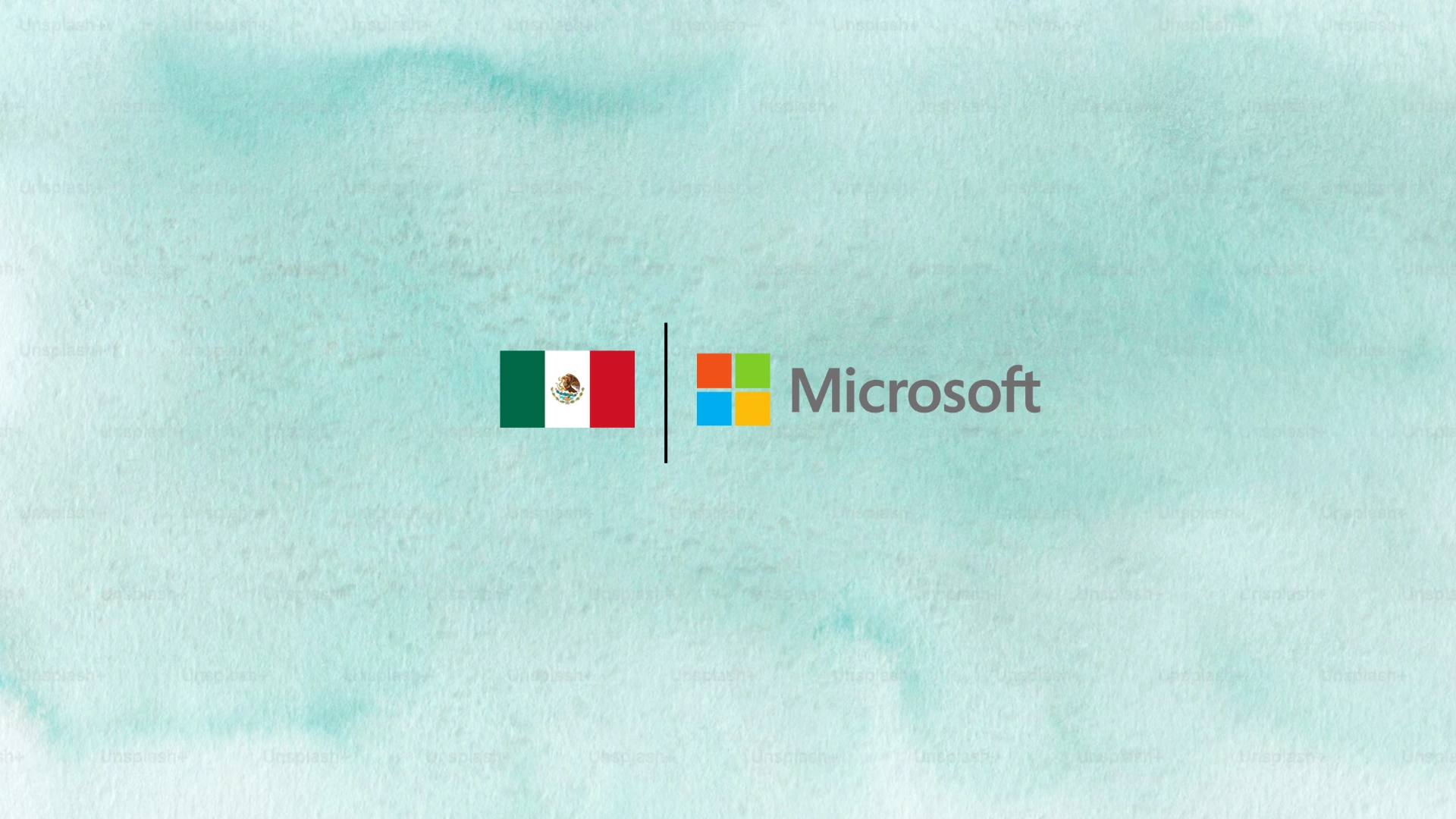Anduril Industries
MSFT
USA
IVAS

Anduril Industries
MSFT
USA
IVAS
Imagine soldiers with vision beyond human limits, instantly alerted to hidden dangers and equipped with real-time battlefield intel. This isn't science fiction – it's the potential future of warfare thanks to a groundbreaking partnership between Microsoft and defense tech company Anduril Industries.
These tech giants are teaming up to revolutionize the U.S. Army's combat goggles, known as the Integrated Visual Augmentation System (IVAS). Built upon Microsoft's HoloLens technology, these high-tech headsets aim to give soldiers an unprecedented edge in battle.

The key to this transformation is Anduril's Lattice software, which acts like a digital sixth sense. This powerful software gathers information from various sources like drones, vehicles, and other defense systems, instantly alerting soldiers to potential threats, even those hidden from view.
"We want to empower soldiers," explains Palmer Luckey, Anduril's founder and the mind behind the Oculus VR headset. "Enhanced vision, improved hearing – our goal is to provide them with Superman-like abilities and beyond, making them even more effective in combat."
The IVAS program, potentially worth billions over the next decade, focuses on equipping soldiers with advanced heads-up displays. These goggles offer features like night vision and threat detection, but early versions faced challenges with user comfort, causing headaches and nausea.
Microsoft has since streamlined the system, creating a sleeker, more user-friendly version that has received positive feedback from the Army. The latest model, IVAS 1.2, is currently undergoing rigorous testing.

Anduril's involvement injects new potential into the IVAS platform. The integration of Lattice software adds a crucial layer of battlefield awareness, rapidly relaying threat information from multiple sources, significantly boosting soldier safety and operational effectiveness.
"By connecting existing and emerging software and sensors, IVAS paints a complete picture of the battlefield for every soldier, leading to safer and more successful missions," says Robin Seiler, Microsoft's Corporate Vice President of Mixed Reality.
This project marks a significant return for Luckey. After selling Oculus to Facebook (now Meta) in 2014, he's back in the headset arena, this time with real-world battlefield implications. Backed by tech investor Peter Thiel, Anduril is quickly becoming a major player in adapting commercial tech for military use.
Despite its promise, the IVAS program still faces hurdles. The Army is currently evaluating its effectiveness alongside other night vision devices to determine the best way to utilize and distribute them. The results of this analysis, expected later this year, could shape future requirements and potential competition for the next generation of IVAS.
In an increasingly volatile world where technology, particularly AI, is rapidly evolving, projects like IVAS may soon become the norm in combat. The line between science fiction and military reality is blurring, raising both anticipation and concern about the future of warfare in the 21st century.
| Feature | Details |
|---|---|
| Collaboration | Anduril Industries is partnering with Microsoft to integrate the Lattice software platform into the U.S. Army's Integrated Visual Augmentation System (IVAS). |
| Objective | Enhance soldier capabilities by providing real-time alerts of airborne threats and improving situational awareness on the battlefield. |
| Technology Used | Lattice employs AI, machine learning, sensor fusion, and computer vision to detect, track, and classify objects in the environment. |
| Key Benefits | - Immediate alerts for autonomously detected threats - Enhanced survivability in complex environments - Improved operational capabilities for soldiers |
| Current IVAS Variants | Integration has been successfully implemented in IVAS 1.1 and 1.2 versions; an operational test for IVAS 1.2 is planned for fiscal year 2025. |
| Future Developments | The Army is exploring the next iteration known as IVAS Next, soliciting industry feedback to improve upon existing designs that have faced scrutiny for performance issues. |
| Funding and Support | The Army requested $255 million for fiscal 2025 to procure more IVAS systems and $98 million for related research and development. |
| Leadership Comment | Palmer Luckey, Anduril's founder, stated that this project is a top priority and emphasizes the importance of delivering timely and accurate data to soldiers in the field. |
| Challenges Faced by IVAS Program | The program has faced criticism due to user reports of disorientation and other issues during testing phases, leading to funding cuts from Congress totaling nearly $350 million. |
| Overall Significance | This collaboration aims to revitalize the IVAS program by integrating cutting-edge technology to enhance the effectiveness of U.S. Army operations in modern combat scenarios. |
[1] Anduril Collaborates with Microsoft to Bring Lattice to the U.S. Army's IVAS Program
SHARE


news
21st October 2024





news
30th September 2024



